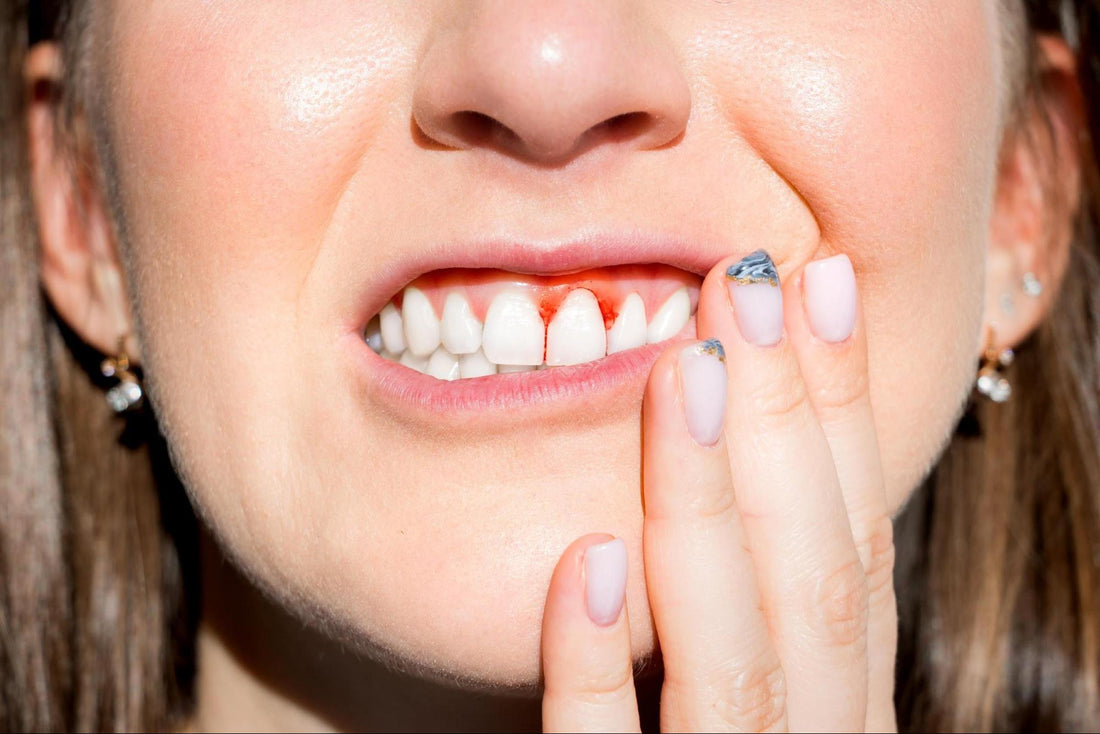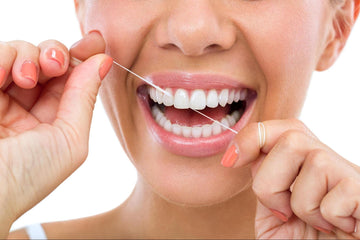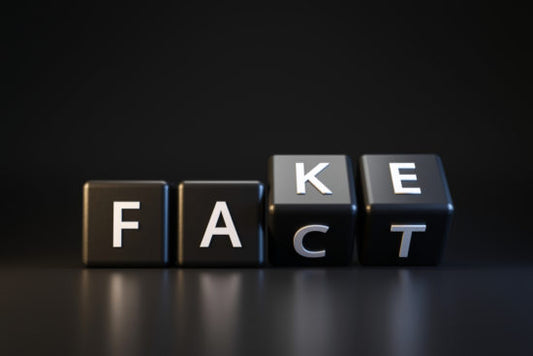Gingivitis vs Periodontitis: Differences, Symptoms & Treatments

You may have heard of gum disease, but did you know there are multiple types?
The most common two — Gingivitis and Periodontitis — affect many adults and children worldwide. But many people don’t know about them, what to look for, or how to treat them.
Enlighten is here to help! Our dental expert, Dr Sanjay Patel, writes this helpful guide so you can know what to look out for and better understand your gums.
What is Gingivitis?
Put simply, Gingivitis is a mild gum disease where the gums become irritated by buildups of plaque and bacteria in the hard-to-reach places in your mouth.
It causes mild symptoms that may arise again and calm down intermittently. When treated early, gingivitis is completely reversible, so don’t worry if you suspect you have it or receive a diagnosis from a doctor or dentist.
Symptoms
· Red and swollen gums
· Gums that bleed when you floss or brush your teeth
· Gums that randomly bleed
Note: Gingivitis is typically not painful. If your gums hurt or ache, see a dentist or dental specialist, as there might be another underlying cause.
What is Periodontitis?
Periodontitis is an advanced form of gingivitis. If gingivitis is left too long, it progresses to periodontitis — a chronic bacterial infection that damages the gum tissue and affects the bone, crown and roots in the teeth and jaw.
Symptoms
· Swollen, red, receding and bleeding gums
· Painful chewing
· Loose teeth
Note: Advanced periodontitis can spread to other organs and affect the brain, kidneys, heart and lungs — so it’s crucial to keep an eye on symptoms.
What causes Gingivitis and Periodontitis?
Gingivitis and periodontitis are typically caused by the same factors. Periodontitis is just a more advanced gingivitis.
They’re both caused by:
· Poor oral hygiene — Not brushing and flossing regularly allows plaque to form and harden, which can lead to gum irritation and infection.
· Smoking or chewing tobacco — These habits contribute to plaque buildup and gum irritation.
· Poor nutrition — Lack of essential nutrients, especially vitamin C, can increase the risk of gum disease.
· Medications — Some medications can cause dry mouth, which increases the risk of gingivitis, while others can lead to gum overgrowth.
· Medical conditions — Conditions like diabetes, certain viral infections, and other diseases can affect the body's ability to fight infection, increasing the risk of gingivitis.
· Age — As people get older, they may be more susceptible to gum disease.
Periodontitis can be caused by a few more things, including:
· Untreated Gingivitis — If gingivitis is left untreated, the infection can spread deeper into the gums, bone, and other tissues supporting the teeth, leading to periodontitis.
· Chronic illnesses — Diseases like diabetes, rheumatoid arthritis, and HIV/AIDS can increase the risk of developing periodontitis.
· Genetics — Some people may be genetically predisposed to gum disease.
How is gum disease diagnosed?
If you’re showing signs or exhibiting symptoms of gingivitis, book an appointment with your dentist or healthcare professional. They’ll conduct tests and inspect your mouth for:
· Blood or signs of previous bleeding.
· Signs of infection or irritation, like any redness or swelling.
· Loose teeth.
· A gum line that is dropping away from the crown of the tooth (gum recession).
If a dentist suspects gingivitis — or even advanced periodontitis — they might request an X-ray to see if the jawbone has been affected and refer you to a periodontic specialist.
How to prevent Gingivitis and Periodontitis
Preventing them is easier than you might think — it just involves sticking to a tooth-friendly routine, keeping your mouth clean and following the dentist’s recommendations.
Here’s how to prevent the emergence and spread of gum disease:
· Brush your teeth twice a day for two minutes — Make sure you use fluoride toothpaste and preferably an electric, soft-bristled toothbrush to get proper coverage. Make sure you use a fluoride toothpaste to guarantee a deep clean.
For a more detailed analysis, read our guide on brushing teeth properly for a clean mouth and pearly whites.
· Floss twice a day alongside your brushing routine — One of the main causes of gingivitis — and subsequent periodontitis — is the buildup of plaque and tartar that irritates the gums. Flossing helps remove debris and food in those hard-to-reach places, preventing plaque from hardening into tartar.
· Use an antiseptic mouthwash — This helps to kill bacteria in the gaps on your teeth, gums and mouth and improve your overall oral health.
· Maintain regular dental visits — Be sure to visit your dentist at least every year — ideally every six months — as regular checkups can help maintain oral health. If there are any problems, your dentist will spot them and help you get the treatment you need quickly. Also makes sure you visit the hygienist regularly, usually every 6 months for scaling treatments to remove hard tartar build up.
· Control your medical conditions — Conditions like diabetes can make you more susceptible to gum disease. If you have any underlying health issues, work with your healthcare provider to manage them.
· Stay hydrated — Drinking water helps wash away food particles and bacteria from your mouth, preventing plaque buildup. Not only this, but it helps stimulate saliva production, which helps build a natural defence against plaque-causing bacteria.
FAQs
1. How to tell if it’s Gingivitis or Periodontitis?
The symptoms are very similar. However, there are some differences to bear in mind. Typically, Gingivitis causes swelling and redness — but it isn’t painful.
Gingivitis comes first, which is inflammation of the gums. As untreated gingivitis progresses further and starts affecting the bone, it turns into periodontitis.
Periodontitis is painful, so if you have pain, you’ll need to book an appointment as soon as possible. Periodontitis is more advanced and causes additional symptoms like loose or shifting teeth, receding gums and persistent bad breath that doesn’t go away.
2. Will Periodontitis go away?
Unfortunately, periodontitis does not go away on its own. Once the infection has reached this stage, it can cause permanent damage to the gums and the supporting bone structure around the teeth. Treatment is necessary. Periodontitis can be managed and controlled, but its damage is often irreversible. Treatments may include:
· Scaling and root planing (deep cleaning to remove plaque and tartar from below the gumline).
· Antibiotics to fight infection.
· Surgical procedures (for more severe cases), such as flap surgery or bone grafts, are used to repair the damage.





